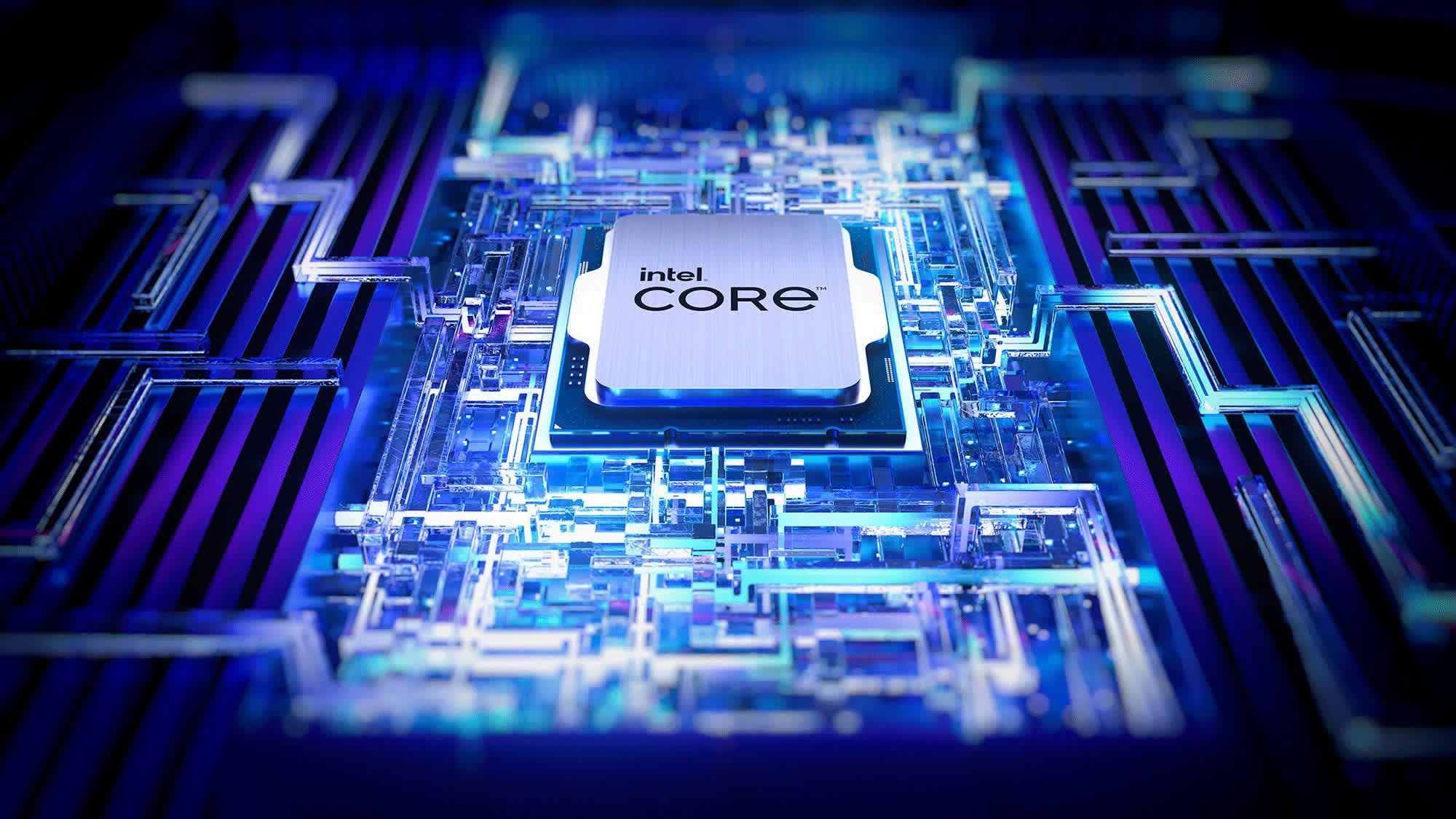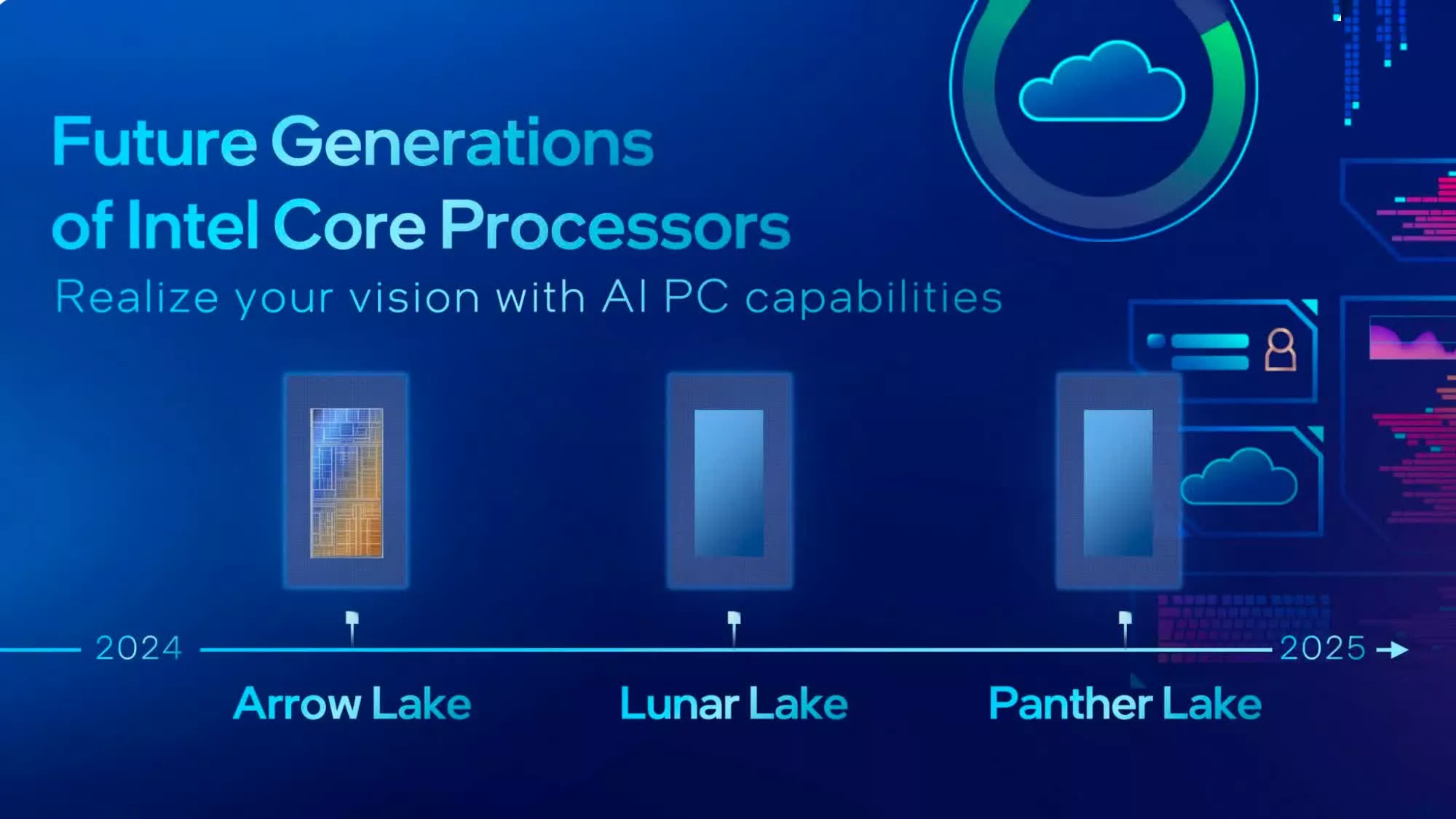Something to look forward to: Because DirectML and Neural Processing Units (NPUs) were specifically designed to facilitate machine learning and other AI applications, it was only a matter of time before these two technologies became integrated. Microsoft and Intel have announced the initial step in this collaboration, enabling developers to begin creating applications that support both technologies.
Developers with Windows 11 PCs running on Intel Core Ultra processors can now leverage the NPUs introduced in this new CPU lineup while working with the DirectML preview. Despite some limitations, this update broadens the possibilities for AI developers.
The new functionality has been incorporated into DirectML version 1.13.1 and ONNX Runtime 1.17. Not all machine learning models are currently compatible with NPUs, but Microsoft is actively working to expand support and is open to feedback through the DirectML GitHub repository. Additionally, the NPUs in AMD's recent processors are not yet compatible with DirectML, and there is no clear timeline for when they might be.

Microsoft introduced DirectML as part of its push toward machine learning in DirectX 12. The technology is usually mentioned in connection to video game resolution upscaling methods like Nvidia's DLSS, AMD's FSR, and Intel's XeSS, all of which DirectML can facilitate. Until now, DirectML has mostly targeted graphics cards, but supporting NPUs should enhance its versatility.
Intel has demonstrated how its NPUs can leverage XeSS to significantly improve graphics performance without the need for dedicated GPUs. However, DirectML could further enhance performance.
Beyond graphics, Microsoft's machine learning toolkit is designed to support various AI workloads, promising more applications as the technology advances through its preview phase and as developers investigate its potential.
Also read: Understanding DirectML, DirectX Raytracing and DirectStorage
Samsung, in collaboration with Microsoft, has provided an early example of DirectML NPU integration using open-source models. The company's Galaxy Book 4, powered by an Intel Core Ultra processor and NPU, can perform face and object recognition tasks – functions typically handled by other components – potentially enhancing performance and maximizing battery life.
As Microsoft continues to develop DirectML, the advantages of Intel Core Ultra NPU support are expected to grow, especially as Intel aims to significantly boost AI performance with each new processor generation.
Upcoming Lunar Lake and Arrow Lake CPUs are expected to triple the performance of the recently released Meteor Lake chips when they launch later this year and 2025. Panther Lake, which will arrive after those two series and may still arrive in 2025, could double AI performance again over Lunar/Arrow Lake processors.

